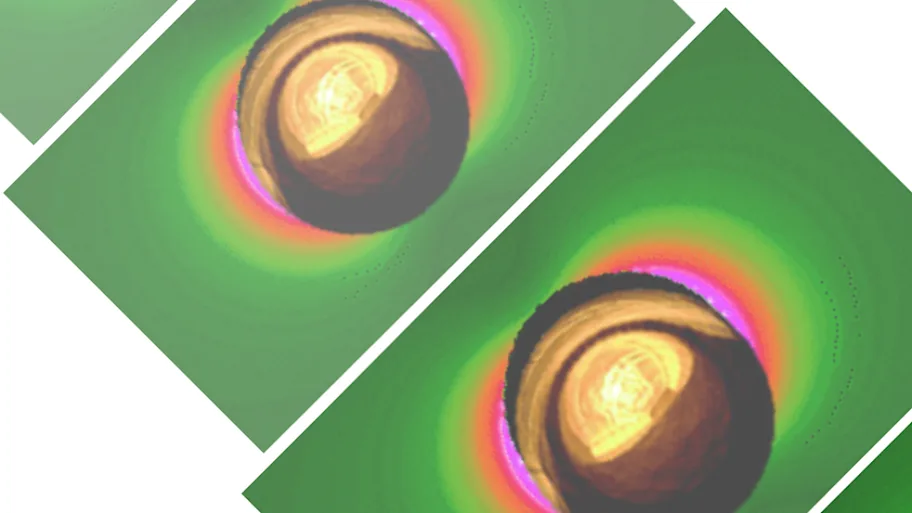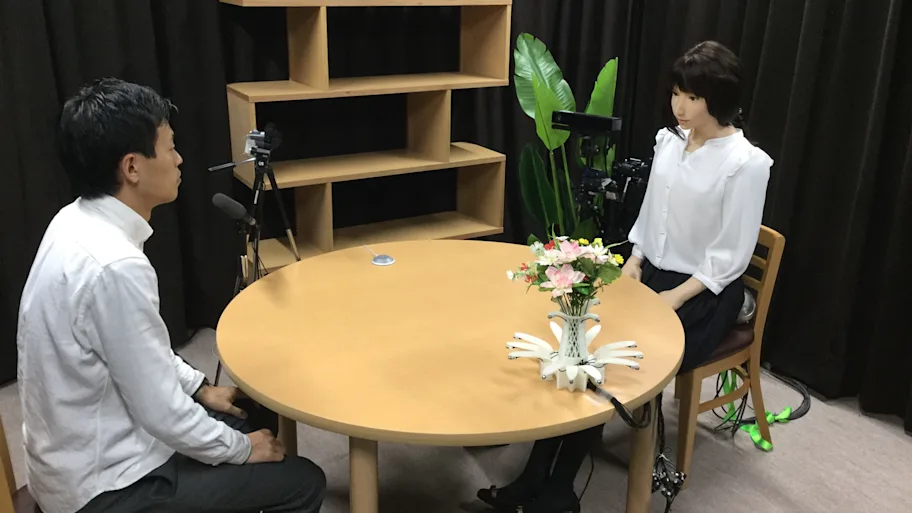
- Science news
- Life sciences
- Can quantum theory explain why puns are funny?
Can quantum theory explain why puns are funny?

Image by Shutterstock.
In a recent paper published in Frontiers in Physics, researchers are taking the first steps towards a quantum theory model of humor (QTH), to explain what really happens on the cognitive level in the moment when we “get the joke”.
— By Anna Sigurdsson
Why was 6 afraid of 7? Because 789. Whether this pun makes you giggle or groan in pain, your reaction is a consequence of the ambiguity of the joke. Thus far, models have not been able to fully account for the complexity of humor or exactly why we find puns and jokes funny, but a research article recently published in Frontiers in Physics suggests a novel approach: quantum theory.
Aiming to answer the question of what kind of formal theory is needed to model the cognitive representation of a joke, researchers suggest that a quantum theory approach might be a contender. In their paper, they outline a quantum inspired model of humor, hoping that this new approach may succeed at a more nuanced modeling of the cognition of humor than previous attempts and lead to the development of a full-fledged, formal quantum theory model of humor. This initial model was tested in a study where participants rated the funniness of verbal puns, as well as the funniness of variants of these jokes (e.g. the punchline on its own, the set-up on its own). The results indicate that apart from the delivery of information, something else is happening on a cognitive level that makes the joke as a whole funny whereas its deconstructed components are not, and which makes a quantum approach appropriate to study this phenomenon.
For decades, researchers from a range of different fields have tried to explain the phenomenon of humor and what happens on a cognitive level in the moment when we “get the joke”. Even within the field of psychology, the topic of humor has been studied using many different approaches, and although the last two decades have seen an upswing of the application of quantum models to the study of psychological phenomena, this is the first time that a quantum theory approach has been suggested as a way to better understand the complexity of humor.
Previous computational models of humor have suggested that the funny element of a joke may be explained by a word’s ability to hold two different meanings (bisociation), and the existence of multiple, but incompatible, ways of interpreting a statement or situation (incongruity). During the build-up of the joke, we interpret the situation one way, and once the punch line comes, there is a shift in our understanding of the situation, which gives it a new meaning and creates the comical effect.
However, the authors argue that it is not the shift of meaning, but rather our ability to perceive both meanings simultaneously, that makes a pun funny. This is where a quantum approach might be able to account for the complexity of humor in a way that earlier models cannot. “Quantum formalisms are highly useful for describing cognitive states that entail this form of ambiguity,” says Dr. Liane Gabora from the University of British Columbia, corresponding author of the paper. “Funniness is not a pre-existing ‘element of reality’ that can be measured; it emerges from an interaction between the underlying nature of the joke, the cognitive state of the listener, and other social and environmental factors. This makes the quantum formalism an excellent candidate for modeling humor,” says Dr. Liane Gabora.
Although much work and testing remains before the completion of a formal quantum theory model of humor to explain the cognitive aspects of reacting to a pun, these first findings provide an exciting first step and opens for the possibility of a more nuanced modeling of humor. “The cognitive process of “getting” a joke is a difficult process to model, and we consider the work in this paper to be an early first step toward an eventually more comprehensive theory of humor that includes predictive models. We believe that the approach promises an exciting step toward a formal theory of humor, and that future research will build upon this modest beginning,” concludes Dr. Liane Gabora.
Read the full article in the open-access journal Frontiers in Physics.
This article is part of the Research Topic: “Applications of Quantum Mechanical Techniques to Areas Outside of Quantum Mechanics”






